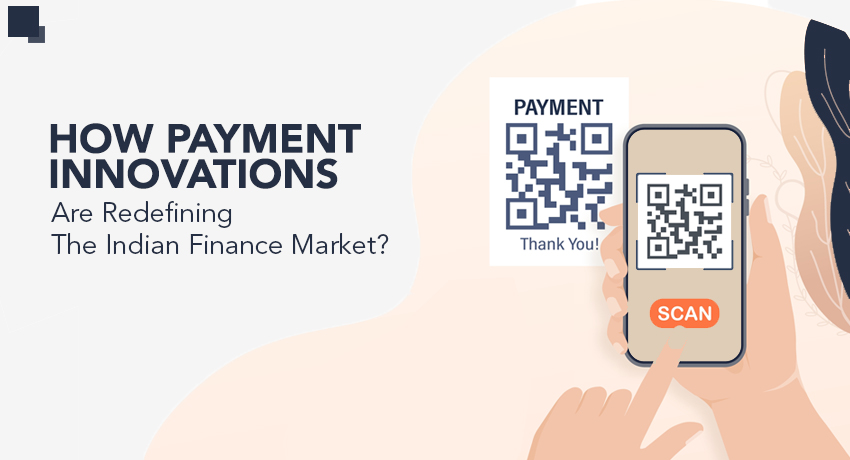Payment innovations are transforming the Indian financial system by making transactions faster, easier, and more secure. It’s thrilling to see India’s transformation from a cash-based economy to one known for its sophisticated digital payment infrastructure. The payment industry is undergoing a digital transformation, fueled by forward-thinking regulatory compliances, technical breakthroughs, and increased mobile internet usage.
Implementing modern digital payment solutions such as mobile wallets, Unified Payments Interface (UPI), and electronic wallets has increased the availability and simplicity of access to financial services for both individuals and businesses.
Unified Payments Interface
UPI transactions are popular among consumers and businesses due to their convenience and speed.
According to the Ministry of Electronics and IT (MeitY), the number of digital payments in India increased by 33% year on year in the fiscal year 2021-2022. During this period, a total of 7,422 crore digital payment transactions were recorded, a considerable rise from the previous fiscal year’s (5,554 crore transactions).
By 2030, the Unified Payments Interface (UPI) is expected to reach US$ 253 Billion from US $165 Billion in the year 2022, growing at a CAGR of 5%
Digital Wallets
Mobile wallets like Paytm, Google Pay, and PhonePe have also gained popularity in India. Users can use these digital wallets to store money online and pay for goods and services. They are convenient for small transactions and have grown in popularity as a substitute for cash.
E-wallets such as Amazon Pay and PayPal are also gaining popularity in India. Users can use these digital wallets to store money electronically and pay for goods and services online. They are especially beneficial for online shopping and have grown in popularity as a viable alternative to credit and debit cards.
According to a CLSA estimate, digital payments in India are expected to exceed USD 1 trillion by 2026. The rise will be driven by an increase in online consumption and the use of the Unified Payments Interface (UPI), with a compound annual growth rate (CAGR) of 27%. Digital payments are estimated to account for 30% of Indian consumption.
Buy Now, Pay Later (BNPL) is now a modest fraction of digital payments, accounting for USD 15-20 billion, or 5-6%. It is predicted to expand fivefold to USD 90–100 billion by 2026, accounting for around 10% of digital payments.
CDBC
The Reserve Bank of India (RBI) recently launched a pilot program for issuing Central Bank Digital Currency (CBDC) in the retail market, which is a significant step. This pilot program, which will be carried out in conjunction with commercial banks and technology suppliers, intends to provide useful insights into the technological, legal, and regulatory concerns surrounding the issuing of a CBDC.
The potential benefits of a CBDC in the retail segment are numerous.
- The increased security and resilience provided by a CBDC can greatly enhance the stability and reliability of the financial system.
- The improved access to financial services enabled by a CBDC can greatly enhance financial inclusion for individuals and businesses.
- The greater efficiency in the financial system brought about by a CBDC can lead to cost savings and increased productivity for all stakeholders.
It is worth noting that this initiative is in line with the global trend of central banks exploring the potential of CBDCs, as many countries are investigating the use of digital currencies to improve financial inclusion and increase efficiency in the financial system.
Payment innovations are playing a critical role in changing the Indian finance market. Industry experts predict that a variety of global trends, including better customer journeys, digital wallets, embedded payments, augmented reality, new features of Buy Now, Pay Later (BNPL), and even a rise in digital currencies, will bring innovations to the market. As a result, the Indian finance market will be more efficient and inclusive than ever before.
